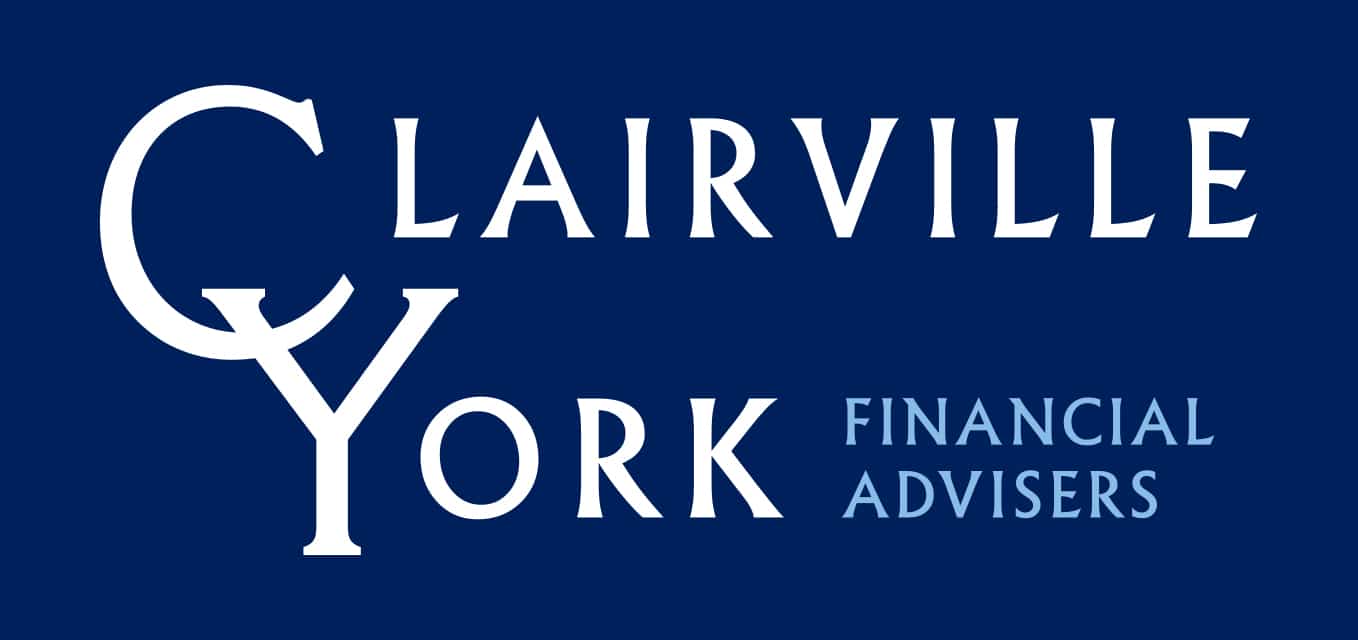Even though they do not of course attract tax relief on contributions, ISAs are still popular. The maximum ISA contribution remains unchanged at £20,000. This could be directed solely into a cash, investment or innovative finance ISA, or split across them. The last of these has been available since 2016, and we are now seeing an increase in providers offering this option. For adults aged between 18 and 39, up to £4,000 of the £20,000 annual allowance could be directed into a lifetime ISA. The government will add £1 for every £4 saved up to a maximum of £1,000 pa until the age of 50, as long as the proceeds are used to purchase the saver’s first ever property or are put towards retirement. Help to Buy ISAs also offer government bonuses. The Help to Buy ISA is due to be withdrawn in November 2019, although ISAs that have already been opened will be able to continue.
Here, the maximum contribution is £3,400 in the first year and £2,400 thereafter. The bonus is again £1 for every £4 saved, with a minimum bonus of £400 becoming available once the individual has saved at least £1,600 into the ISA. The maximum available bonus is £3,000. This bonus is paid through the solicitor to form part of the purchase transaction. Parents or guardians wishing to assist their children to buy their first property should note that these are only available for individuals aged 16 years and over. It is possible to hold both a Lifetime ISA and a Help to Buy ISA; however, the government will only pay a bonus on one ISA per individual. Parents or guardians may wish to contribute up to £4,368 into a junior ISA for children born after 3 January 2011 or before 31 August 2002.
Money placed into one of these ISAs can be accessed at the age of 18, when it will become a full ISA subject to the adult threshold of £20,000. Making contributions against the annual ISA allowance at the start of the tax year as opposed to the end means that individuals will potentially have an additional 12 months to profit from the investment and its tax benefits. The 2019/20 tax year, excepting the withdrawal of the Help to Buy ISA, sees matters continuing as they were in 2018/19 and provides the opportunity to either continue on the path of any financial planning already in place, or to take stock and start putting the most appropriate strategy in place.

